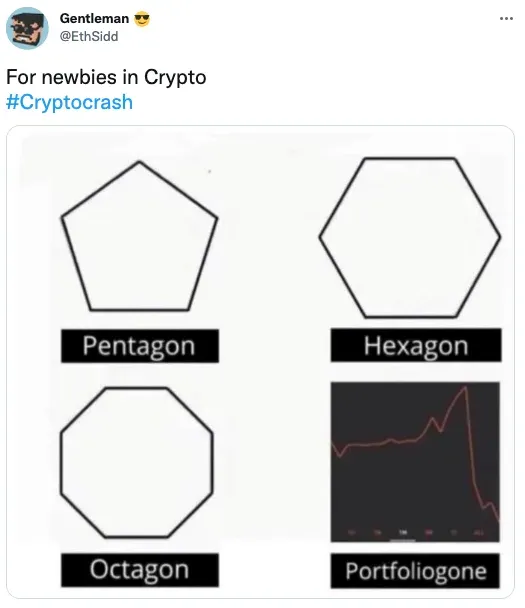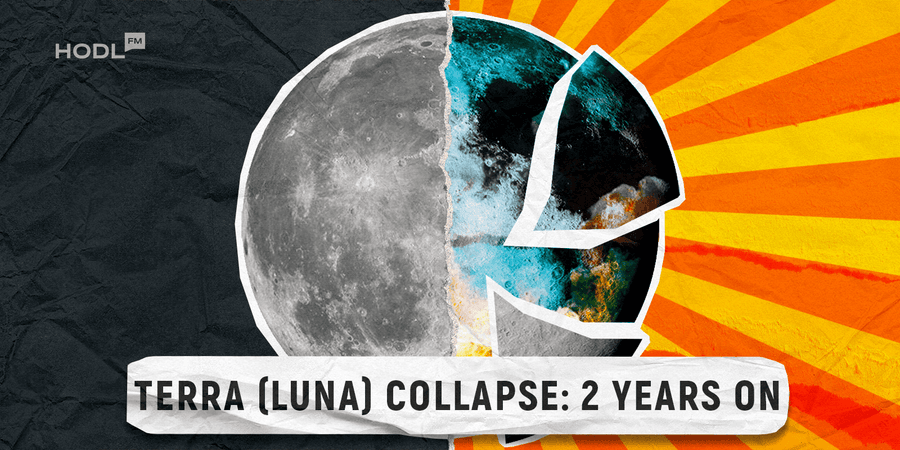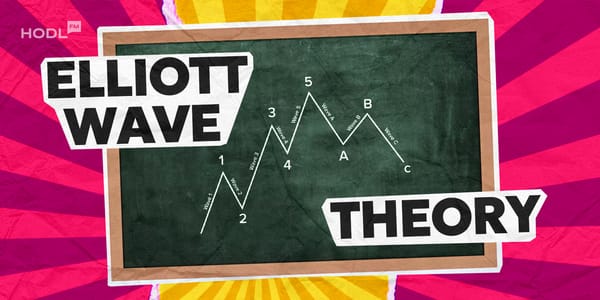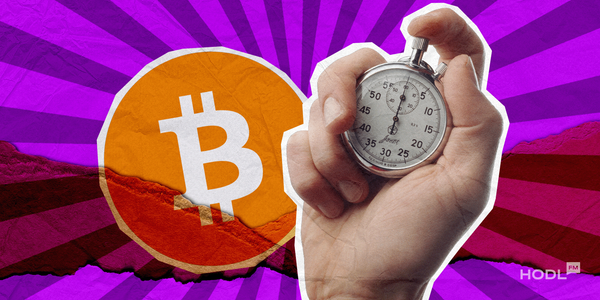Cryptocurrencies share a common factor with “Dungeons and Dragons”: both are popular, though most people don’t understand them to the core. This brings to mind the Terra-ble turn of events leading to the May 2022 crash of the Terra ecosystem after its meteoric rise in 2021. This article investigates the events that led to the collapse of Terra (LUNA), how it went down and what’s happening regarding Terra’s revival.
Introduction
The Terra-ble case of Terra, a once flourishing blockchain crypto network that suffered a dreadful crash, aroused policymakers worldwide on the need to push for policymakers to avert the risk of similar crashes in future. Just like ETH acts as the native token for Ethereum, Do Kwon and Daniel Shin launched Terraform Labs in 2018, designing Terra (LUNA) as its native token.
The Terra ecosystem hit the road running, hitting success from every front and coupled with cheerleaders by crucial figures within the crypto sphere, recording highs of $90. This followed the launch of Luna Foundation Guard to build a reserve to support the UST (Terra USD) peg – the firm’s algorithmic stablecoin was poised to become a real threat to existing top stablecoins.
Terra (LUNA) hit an all-time high of $119.18 during the first week of April 2022, and by April 19, the token had outclassed most other cryptocurrencies with a 17% market boost. With the same breath, UST (Terra USD) overtook Binance USD (BUSD) and became the world’s third-largest stablecoin.

The Crash
The Terra (LUNA) collapse sparked on May 8, 2022, when the price of UST (Terra USD) dropped from an all-time high of $1.09 to $0.985 after a series of large dumps of the stablecoin on Anchor, Terra’s lending protocol, and Curve, its exchange protocol. As fears of UST stablecoin de-peg happening and Terra USD losing its $1 peg spread within the crypto community, Do Kwon jokingly pushed aside the fears surrounding UST’s depegging.
Ironically, his jokes came true as UST further nosedived to as low as $0.35. The Terraform Lab’s CEO promptly told the Terra community the development team would deploy more capital to enable UST to regain its dollar peg. Nonetheless, things went from bad to worse as the total value locked on Anchor dropped a whopping $11 billion in two days.
UST (Terra USD) ‘s sister coin, Terra (LUNA), quickly followed suit and lost value from $119 to $0, spelling panic within the community as investors scrambled to liquidate. Terra Blockchain eventually halted operations on May 16, 2022. So what happened?
First, the entire crypto market had bled with Bitcoin, the king of all cryptocurrencies, plunging in the first two weeks of May 2022 and pulling down the whole market with it, and Terra (LUNA) wasn’t spared. Since UST (Terra USD) relied on Terra (LUNA) to absorb pricing volatility shocks, the collapse of LUNA quickly saw UST going below the dollar.
Secondly, Anchor Protocol, the Terra ecosystem’s lending and borrowing platform, promised a 20% annual percentage yield to investors buying into the chain, which funds they loaned back to Anchor. The news about the looming collapse of the ecosystem led to a scramble within the investing community.
On one side were investors demanding their 20% APY; on the other was Terra Form Labs, which depended on the same fund within the protocol to attract more capital. As investors ran for the exit following LUNA losing its value and the UST stablecoin de-peg led to a Domino effect (crypto), which left the Anchor protocol dry.
The failure of UST (Terra USD) ‘s algorithmically maintained dollar peg caused the firm to liquidate at least $3 billion worth of Bitcoin; the amount was about the entire amount that Luna Foundation Guard (LFG) had in BTC reserves. Unfortunately, the efforts to spend the whole $3 billion to try and defend the UST peg proved to be too little too late. Even after depleting its entire BTC reserve to try and revert the stablecoin de-peg without success, Terra (LUNA) plummeted 96% in single day, tapping at less than 10 cents.
The Aftermath
Before the Terra (LUNA) collapse, the value of most cryptocurrencies was already on the decline, especially after the Federal Reserve raised its interest rates to stop runaway inflation. Nonetheless, the UST crash created a severe dent in the market after Do Kwon bought billions worth of BTC and deployed over $3 billion to try and defend the dollar peg. This caused a downward pressure on the crypto market as large investors sold off their shares.
The aftermath of the collapse created a ripple effect throughout the crypto ecosystem. For example, the price of ETH plunged below $2,000 as firms liquidated over $30,000 worth of Ether in trying to defend UST’s dollar peg. Moreover, the large number of transactions surged Ethereum’s transaction fees as investors hurried to cash out their ETH-based stablecoins, which led to even more people forfeiting their money. The NFT ecosystem, on the other hand, plunged over 50% within the seven days that followed the collapse.
The cumulative effect of the Terra (LUNA) crash was the loss of billions of dollars of investors’ funds throughout the crypto ecosystem. Many saw first-hand the first-ever domino effect (crypto) that precipitated a serious crypto winter as mainstream investors lost interest and crypto value remained low for several months that followed. In the aftermath, Bloomberg’s Edward Harrison wrote:
“I suspect some cryptocurrencies will be worthless and that capital investment in the space will slow to a crawl as investors nurse their losses, much as we saw in the Internet bubble.”
Later, in December 2022, the U.S. Congress held a hearing to weigh the pros and cons of stablecoins, which had already drawn the scrutiny of regulators. Soon after, U.S. President Joe Biden created a working group, calling for urgent action and regulation of Stablecoins. The crash further gave regulators more ammunition in their argument regarding the need for the crypto space to be placed under government control.
Treasury Secretary Janet Yellen called for “Comprehensive” regulations of stablecoins, noting that stablecoins were “growing very rapidly and presented the same kinds of risks known for centuries to be associated with bank runs.” On the other hand, Senator Warren, one of the most vocal public detractors of crypto, opined that Terra’s collapse presented evidence of why regulators needed to “clamp down” on stablecoins and DeFi “before it is too late.”
Following the crash of Terra, the European Commission has been working hard to create rules on creating a hard cap on the daily activity of large stablecoins. The EU Parliament in April 2023 gave the go-ahead to cryptocurrency regulations, which would take effect in 2024. Per the lawmakers, the rules would “protect investors and safeguard against financial crime and market manipulation”, especially following the FTX collapse.
Where is Luna Now?
Like the phoenix rising from the ashes, hopefully more innovative and influential, Do Kwon quickly mobilized the Terra Luna community to approve the LUNA revival plan. This comprised plans for a Terra (LUNA) hard fork from the collapsed token and creating a new blockchain, Terra 2.0, and a new native token, Terra Classic (LUNC). Surprisingly, the LUNA revival proposal passed with 65.5% majority approval.
The new chain launched on May 28, 2022, while the new coin, LUNA 2.0, hit the trading floors at $17.80 before surging to $19.53 within an hour of trading. The old chain co-existed with LUNA 2.0 and had a market cap of around $961 million at launch. Unlike the first Terra network, LUNA 2.0 has no algorithmic stablecoin and operates as a community-governed blockchain.
At the time of writing, Terra’s price was $0.535642, with a 24-hour trading volume of $34,862,019, according to CoinMarketCap. However, pundits expect LUNA to attain a maximum of $1.67 by the end of 2024 or fall to a low of $0.50. Taking the bulls and bear’s power, the price at the end of 2024 could average $1.185 give or take.
Related: SEC Sues Do Kwon and Terraform Labs for Fraud
While the LUNA revival plan was relatively successful, the Terra ecosystem briefly thrived under hopes that the new token could enjoy the billion-dollar market cap enjoyed by its predecessor, especially after its stellar performance in Q3 and Q4 2023. The positive performance relieved the crypto community, especially following the August 2023 hacking incident that led to a considerable price slump.
Do Kwon’s arrest and charging in March 2023, jailing by a Montenegro court on forgery charges and potential, though overturned, extradition to the United States continues to put a blot on the token’s revival plans. Notwithstanding the challenges surrounding its existence, Terra works hard to fulfill its desire to create an international payment system that transcends constraints posed by national borders.
Conclusion
For any careful observer, the May 2022 crash served crypto community members several Terra (LUNA) collapse lessons that every investor has a choice of taking or disregarding. Terra (LUNA) and UST (Terra USD) falling from grace to grass after losing 100% straight to $0 are essential lessons to consider. While most investors are still trying to pick up the rubbles of the collapse and wondering what took place, there are at least two Terra (LUNA) collapse lessons to take home:
First, investors should always strive to focus on value instead of falling for hype and unquestioning loyalty. As a result, being a blind LUNA-tic doesn’t help as far as financial investment is concerned.
Secondly, crypto decentralization is still a work in progress, and just like the famous saying goes, “All that glitters isn’t gold” we could say, “Not all that is decentralized is actually decentralized”.
More Info:
- Samourai Wallet Co-founder Released on $1M Bond After Pleading Guilty, Do Kwon Proposes $1M in SEC Penalty
- Top Crypto Court Cases to Watch Post-SBF Sentencing
It’s every crypto investor’s responsibility to conduct proper research before investing in crypto. Doing due diligence on each crypto project is the only way to save yourself potential future heartache.
Disclaimer: All materials on this site are for informational purposes only. None of the material should be interpreted as investment advice. Please note that despite the nature of much of the material created and hosted on this website, HODL FM is not a financial reference resource and the opinions of authors and other contributors are their own and should not be taken as financial advice. If you require advice of this sort, HODL FM strongly recommends contacting a qualified industry professional.




